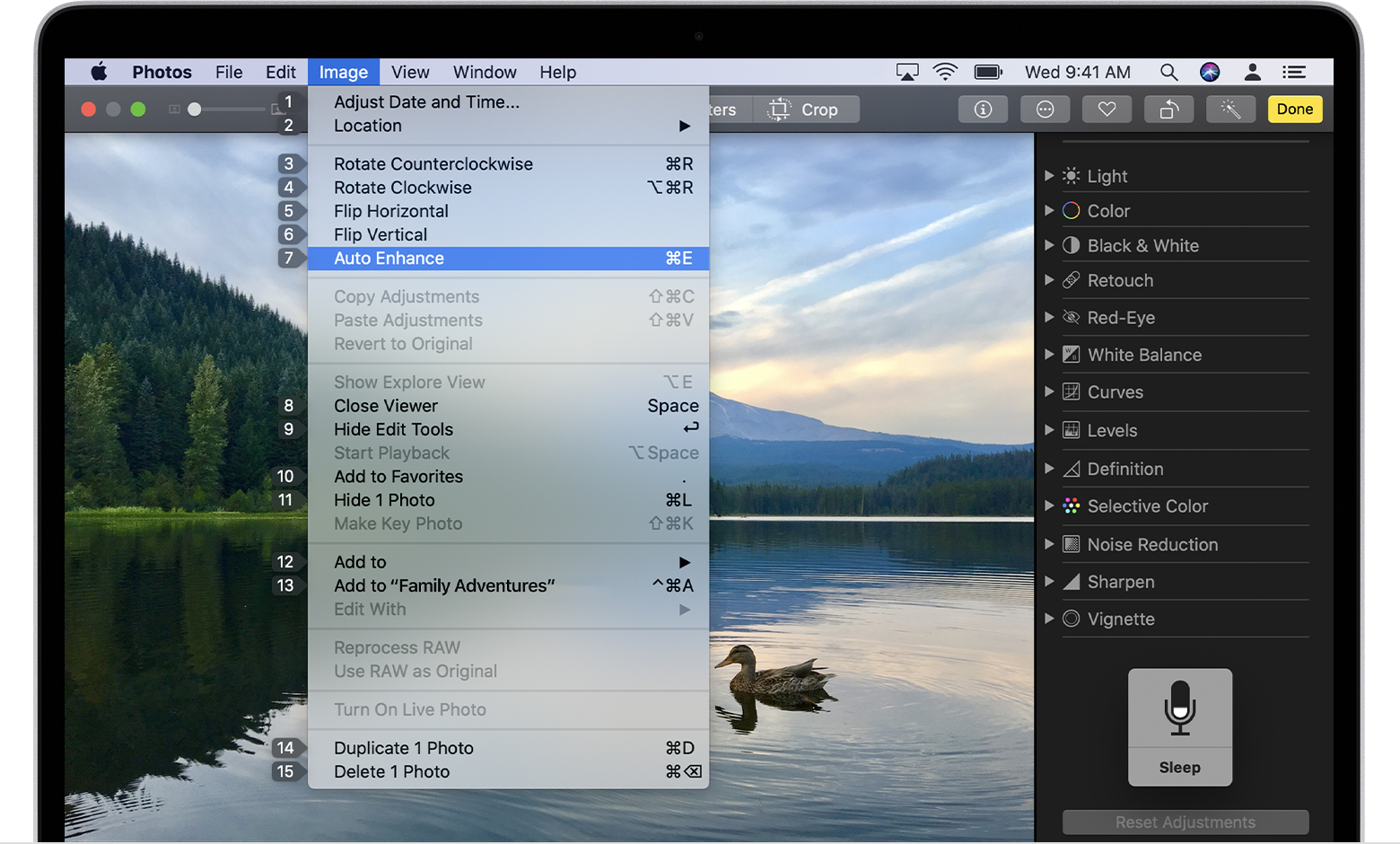

Their system located the formants in the power spectrum of each utterance. Davis built a system called "Audrey" for single-speaker digit recognition. 1952 – Three Bell Labs researchers, Stephen Balashek, R.The key areas of growth were: vocabulary size, speaker independence, and processing speed. 3.3.1 High-performance fighter aircraft.2.4 End-to-end automatic speech recognition.2.3.1 Deep feedforward and recurrent neural networks.2.2 Dynamic time warping (DTW)-based speech recognition.

The advances are evidenced not only by the surge of academic papers published in the field, but more importantly by the worldwide industry adoption of a variety of deep learning methods in designing and deploying speech recognition systems. Most recently, the field has benefited from advances in deep learning and big data. Recognizing the speaker can simplify the task of translating speech in systems that have been trained on a specific person's voice or it can be used to authenticate or verify the identity of a speaker as part of a security process.įrom the technology perspective, speech recognition has a long history with several waves of major innovations. The term voice recognition or speaker identification refers to identifying the speaker, rather than what they are saying. a radiology report), determining speaker characteristics, speech-to-text processing (e.g., word processors or emails), and aircraft (usually termed direct voice input). find a podcast where particular words were spoken), simple data entry (e.g., entering a credit card number), preparation of structured documents (e.g. "I would like to make a collect call"), domotic appliance control, search key words (e.g. Speech recognition applications include voice user interfaces such as voice dialing (e.g. Systems that use training are called "speaker dependent". Systems that do not use training are called "speaker-independent" systems. The system analyzes the person's specific voice and uses it to fine-tune the recognition of that person's speech, resulting in increased accuracy.

Some speech recognition systems require "training" (also called "enrollment") where an individual speaker reads text or isolated vocabulary into the system. It incorporates knowledge and research in the computer science, linguistics and computer engineering fields. It is also known as automatic speech recognition ( ASR), computer speech recognition or speech to text ( STT). Speech recognition is an interdisciplinary subfield of computer science and computational linguistics that develops methodologies and technologies that enable the recognition and translation of spoken language into text by computers with the main benefit of searchability. For the human role, see Speech-to-text reporter.


 0 kommentar(er)
0 kommentar(er)
